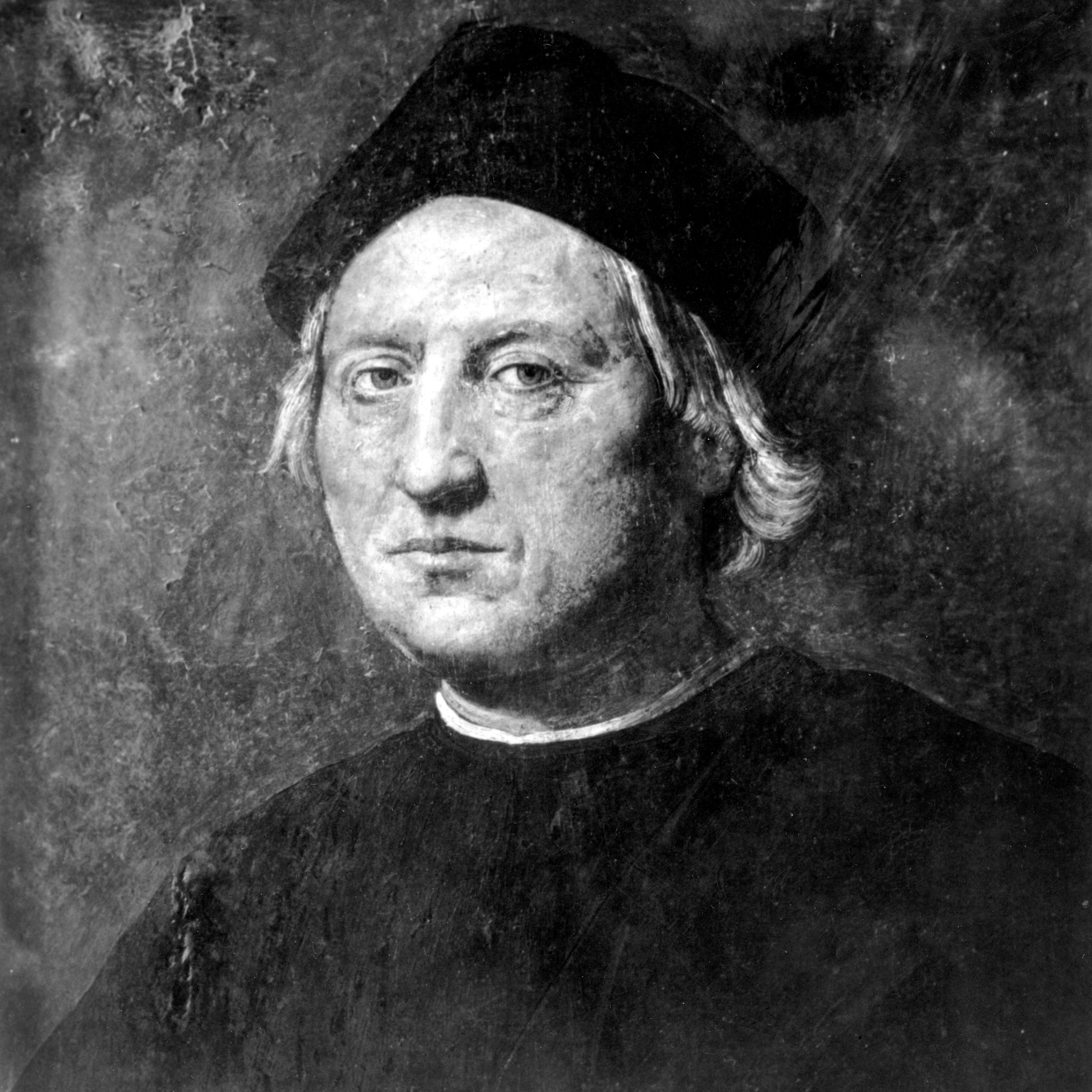MORGANTOWN — Remember this one?
“… In 1492, Columbus sailed the ocean blue …”
If you’re of a certain age, you definitely do.
It’s the opening to the sing-song rhyme generations of youngsters learned in elementary school chronicling the sea-going exploits of Christopher Columbus, the explorer whose federal holiday honoring his name is today.
That rhyme, in part, is why Columbus, Ohio, is a place.
And Columbus, Montana.
And there are those towns in North Dakota and North Carolina also called Columbus — not to mention Columbus, Ga., and its famous stockade.
And many more.
Don’t forget the South Carolina capital and its variant-name of Columbia, or the District of Columbia, the nation’s capital.
The ethos of American myth-making works like that.
Remember the rhyme, and you’ll also remember the three ships: The Nina, the Pinta and the Santa Maria.
You’ll remember that one part of the nautical motivation was to dispel that business about the Earth being flat, and not round.
As it turns out, it was pretty common knowledge that our planet was an orb and not a tabletop even in 1492.
There was also the myth perpetuated in the rhyme — “The Arakawa natives were nice; they gave the sailors food and spice” — that Columbus was a benevolent sort who made friends along the way.
While they did welcome their visitors with gifts, the treatment received, in turn, would have been enough to put the explorer and the other colonizers who followed in that Columbus stockade for years.
That’s why Columbus, Ohio, no longer celebrates Columbus Day.
Other places don’t either.
That’s why Harpers Ferry, in West Virginia’s Colonial-steeped Eastern Panhandle, opts for an Indigenous Peoples Day, instead.
Other places are doing the same.
“Well, it’s about time,” Max Flomen said.
Floman is a professor of history at WVU. As a historian, he said he appreciates the growing opposition to the Christopher Columbus holiday, given the collective fates of the indigenous people of the Caribbean — after other explorers followed his route to the West Indies.
Historically speaking, it didn’t take long.
When the first Taino natives greeted Columbus in 1492 (he promptly turned six of them into slaves for his ship, in fact), their community was said to have numbered 250,000.
Sixty years later, there were only a few hundred left on their native shores.
Columbus himself made note in his journal following his first impression of the Taino that you didn’t learn back in grade school: “The people are very docile. With fifty men they can all be subjugated and made to do what is required of them.”
TWEET @DominionPostWV




